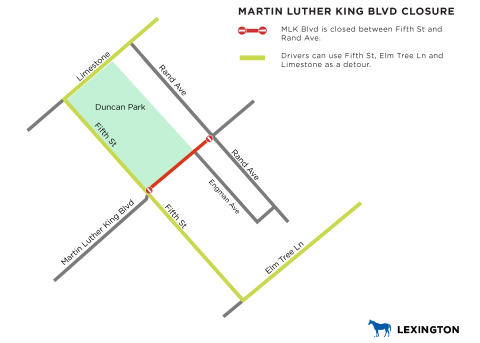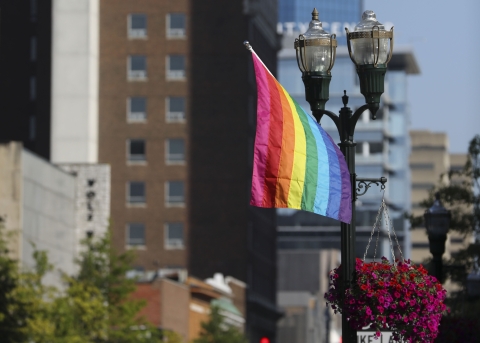
Cold weather is coming, and Lexington is getting prepared to help people living on the streets avoid freezing temperatures.
“We work hard to ensure everyone on the streets can get inside when temperatures drop,” Mayor Linda Gorton said.
Recently, providers who work with people who are homeless got together to make plans for cold weather. The group discussed how many people are likely to need emergency help, whether shelters have the needed capacity, and future planning.
“Although there is always more work to do, generally we are ready for winter,” said Charlie Lanter, Commissioner of Housing Advocacy and Community Development. Providers estimate the need for about 50 additional emergency shelter beds.
“We are already working with partners to be ready if we need more room. We will be monitoring the situation very closely,” Gorton said.
Changes include:
- All but one emergency shelter has returned to regular, pre-pandemic capacity. The pandemic sharply limited shelter capacity.
- The Hope Center, which houses men, has increased capacity over last winter by 40 beds to 228.
- The Salvation Army, which houses women and children, has identified an ability to temporarily expand capacity by 30-40 overflow beds. Normally capacity is 160 beds.
- The City’s Office of Homelessness Prevention and Intervention plans to increase funding to street outreach for hotel vouchers and limited staffing on cold nights. Hotel space may be provided for those unable to enter shelters or utilize other resources.
- A $4 million transitional housing pilot project operated through Community Action Council started in July. It provides housing and services for up to 75 households. Housing is scattered around the community and includes hotels and apartments. The program was funded through the City’s federal American Rescue Plan allocation.
- A $1 million Transition in Place program operated through Mountain Comprehensive Care also started in July. The three-year program provides housing and supportive services to 25 households each year. Households will live in leased apartments. The program was also funded through the City’s federal American Rescue Plan allocation.



